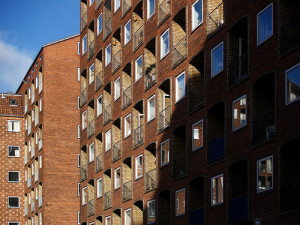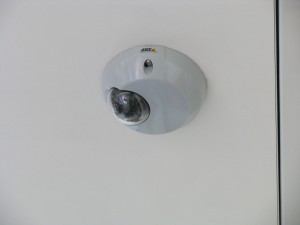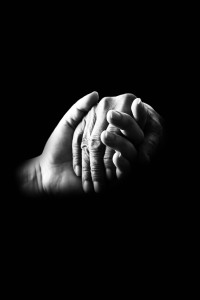 We often discuss cases of nursing home abuse and neglect in San Diego, and in facilities throughout the state of California. But when we talk about filing an elder abuse or neglect lawsuit, what exactly do we mean? In other words, what elements must be present in order to have a valid elder neglect claim? To better understand how suspicions of nursing home abuse or neglect can result in a lawsuit, we should take a closer look at both the signs of neglect, as well as the elements of the laws that prohibit it.
We often discuss cases of nursing home abuse and neglect in San Diego, and in facilities throughout the state of California. But when we talk about filing an elder abuse or neglect lawsuit, what exactly do we mean? In other words, what elements must be present in order to have a valid elder neglect claim? To better understand how suspicions of nursing home abuse or neglect can result in a lawsuit, we should take a closer look at both the signs of neglect, as well as the elements of the laws that prohibit it.
Recognizing Signs of Elder Neglect
Before we look at the specific elements of neglect and abuse outlined by the California Elder Abuse and Dependent Adult Civil Protection Act, we should take a look at the signs and symptoms of neglect and physical abuse. A fact sheet from the Administration on Aging (AoA) lists the following as signs and symptoms of elder neglect:
 Southern California Nursing Home Abuse Lawyer Blog
Southern California Nursing Home Abuse Lawyer Blog




















